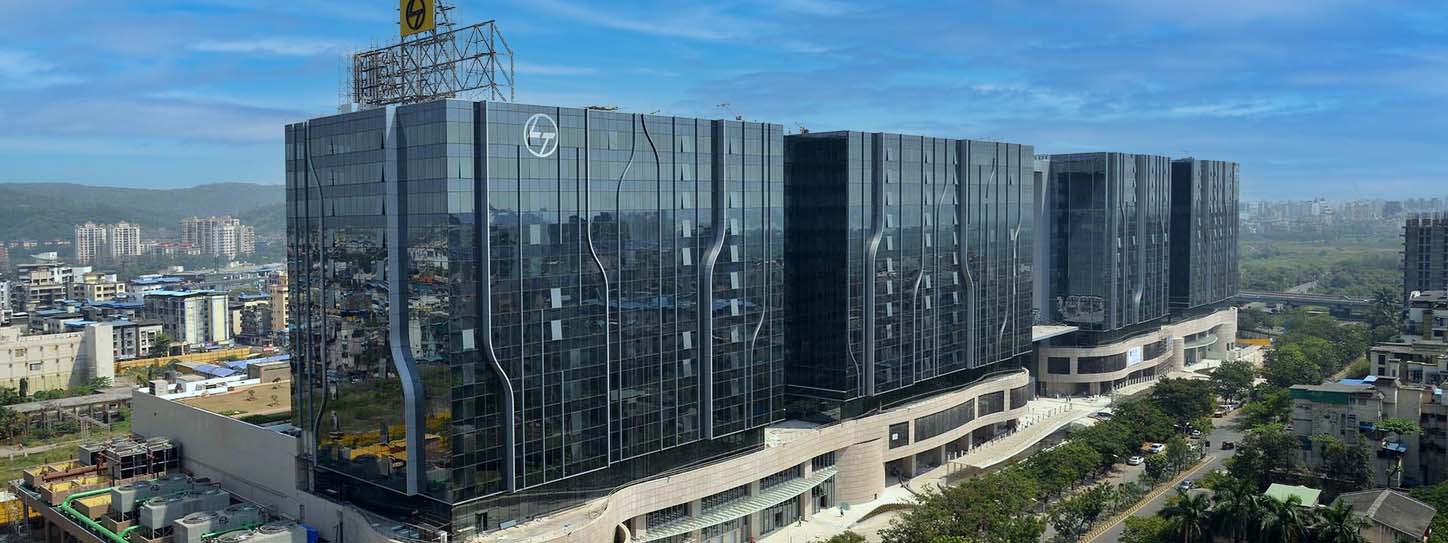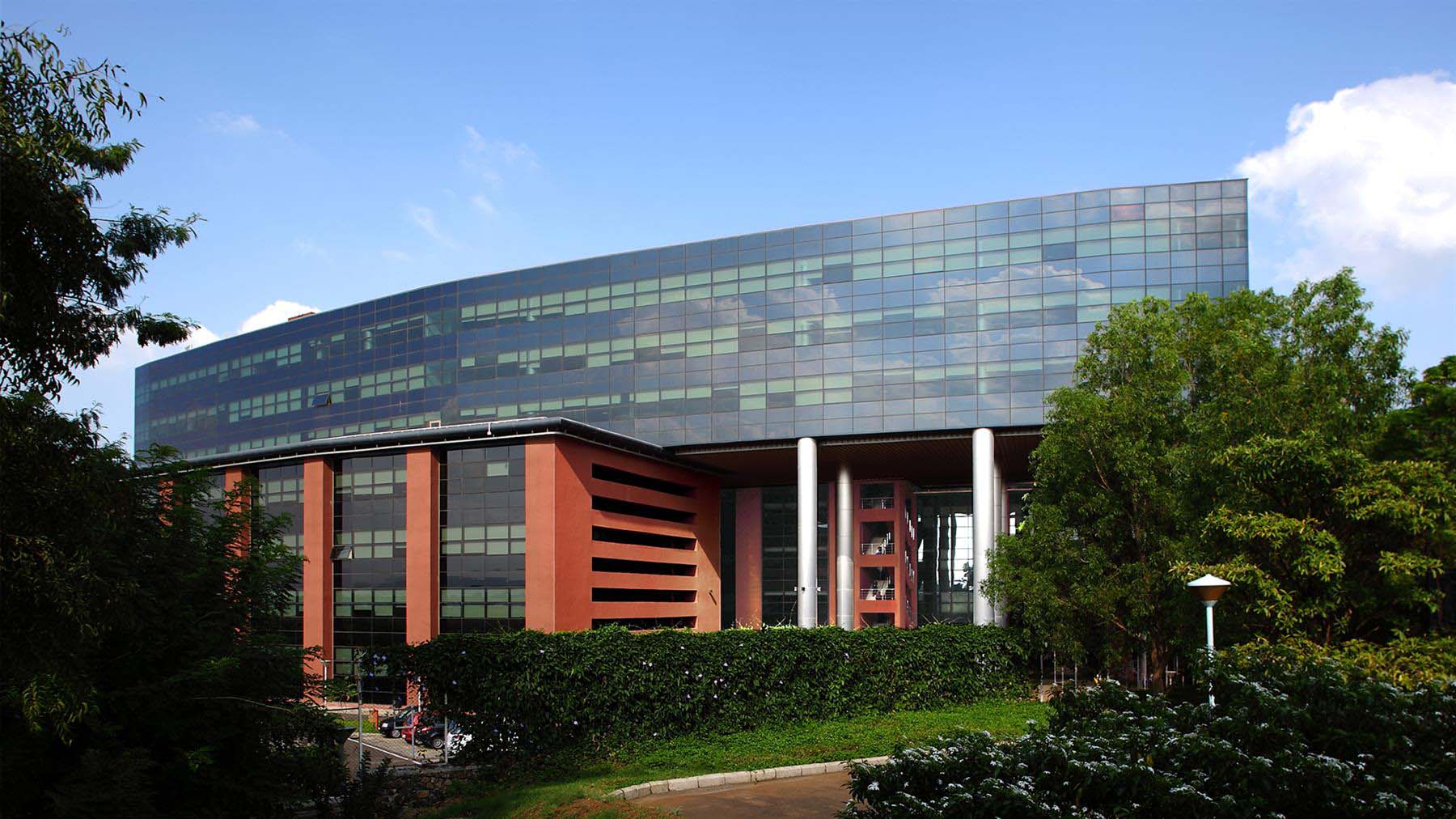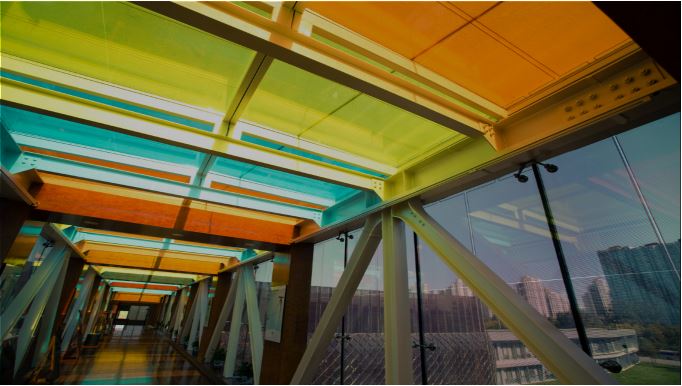What is Coated Glass? A Complete Guide for Architects and Designers
In modern architecture, glass is much more than a transparent material used in windows or facades—it’s a high-performance component that can transform the efficiency, aesthetics, and comfort of a building. Coated glass is one of the most advanced types of architectural glass available today. Designed to enhance the functionality of standard glass, it offers a range of benefits such as solar control, energy efficiency, and aesthetic versatility.
In this blog, we will explore what coated glass is, the different types of coatings, and how it can be used to improve the performance and design of buildings.
1. What is Coated Glass?
Coated glass is a type of glass that has undergone a special treatment process where a thin layer (or layers) of metallic or oxide materials are applied to one or more of its surfaces. This coating is designed to modify the performance characteristics of the glass, giving it special properties such as solar control, thermal insulation, and enhanced durability.
The coating can be applied either during the manufacturing process (pyrolytic or hard coatings) or afterward (magnetron sputtering or soft coatings). These coatings are typically invisible to the naked eye but play a crucial role in improving the glass's functionality.
2. Types of Coated Glass
There are several different types of coated glass, each designed to serve a specific purpose. Understanding the different types can help architects and designers select the best option for their projects.
a. Low-E Coated Glass (Low Emissivity Glass)
Low-E (Low Emissivity) glass is one of the most popular types of coated glass, designed to improve a building’s energy efficiency. It features a microscopically thin coating that reflects heat back into the building, reducing heat loss in winter and minimizing heat gain in summer. This type of glass allows natural light to enter while keeping UV rays and heat out, making it perfect for climates with significant temperature variations.
b. Solar Control Coated Glass
Solar control glass is another type of coated glass that helps regulate the amount of solar radiation entering a building. This type of glass is ideal for buildings in hot climates or for large glass facades that receive a lot of direct sunlight. The coating on solar control glass helps reduce heat gain while maintaining a high level of light transmission, resulting in a cooler, more comfortable indoor environment and lower energy bills.
c. Reflective Coated Glass
Reflective glass features a metallic coating that reflects a portion of the light and heat, reducing glare and limiting solar heat gain. This type of glass is often used in commercial buildings, high-rise facades, and skyscrapers where controlling sunlight and heat is essential for comfort and energy efficiency. Reflective coated glass also enhances privacy, as it makes it difficult to see inside the building from the outside.
d. Self-Cleaning Coated Glass
Self-cleaning glass is coated with a special hydrophilic and photocatalytic coating. The hydrophilic properties cause rainwater to spread evenly across the glass surface, washing away dirt and debris, while the photocatalytic properties break down organic dirt under sunlight. This type of glass is often used in hard-to-reach places like skylights, facades, and conservatories, reducing the need for regular cleaning and maintenance.
3. Benefits of Coated Glass in Architecture
a. Energy Efficiency
One of the primary benefits of coated glass is its ability to improve the energy efficiency of a building. By reflecting heat back into the building or reducing solar heat gain, coated glass can help maintain a stable indoor temperature, reducing the need for artificial heating or cooling. This contributes to lower energy consumption and a smaller carbon footprint, making it an essential material in sustainable architecture.
b. Improved Comfort
Coated glass helps enhance indoor comfort by managing the amount of heat and light that enters a space. For instance, Low-E glass helps keep buildings warmer in the winter and cooler in the summer, while solar control glass prevents overheating during hot weather. By minimizing temperature fluctuations and glare, coated glass contributes to more pleasant indoor environments.
c. UV Protection
Most types of coated glass, particularly Low-E and solar control glass, offer UV protection. The coating blocks harmful UV rays, protecting building interiors from fading and degradation. This is especially beneficial for spaces that house furniture, artwork, textiles, and other materials susceptible to UV damage.
d. Aesthetic Flexibility
Coated glass also offers aesthetic flexibility, as it comes in a variety of colors, finishes, and tints that can be customized to fit the design needs of any project. For example, reflective glass is available in several shades, giving buildings a modern, sleek appearance while also reducing heat and glare. Self-cleaning glass maintains a clean, polished look with minimal maintenance, making it a favorite for skylights and large glass facades.
4. Applications of Coated Glass
Coated glass can be used in a wide range of architectural applications, offering both functional and aesthetic benefits. Common uses include:
- Curtain Walls and Facades: Coated glass is ideal for large-scale glass facades, providing both solar control and a striking visual effect.
- Windows and Skylights: Windows made from coated glass offer excellent thermal insulation and glare reduction, making them perfect for residential and commercial buildings.
- Interior Partitions: Coated glass is used for privacy partitions that reduce visibility while maintaining a clean, sleek look.
- Balconies and Railings: Reflective or solar control glass can enhance the appearance of exterior railings while improving privacy and reducing heat gain.
5. Environmental Impact
In a time when environmental sustainability is crucial, coated glass plays a key role in reducing a building's carbon footprint. By lowering energy consumption and minimizing the need for artificial heating and cooling, coated glass contributes to more eco-friendly architecture. Additionally, the coatings themselves are often made from recyclable materials, further reducing the environmental impact of the construction process.
6. Industry Trends and Innovations
The coated glass industry is constantly evolving, with new technologies emerging that improve the performance and functionality of the material. Smart glass technology, for instance, integrates adjustable coatings that respond to environmental conditions, allowing the glass to automatically darken or lighten based on the amount of sunlight. These dynamic coatings offer real-time energy efficiency and comfort improvements, creating buildings that are more adaptive and responsive to their surroundings.
Why Coated Glass is Essential for Modern Architecture
Coated glass has become a vital material in modern architecture, offering a combination of functionality and aesthetics that make it suitable for a wide range of applications. From enhanced energy efficiency and solar control to aesthetic customization and UV protection, the benefits of coated glass are significant. As more architects and designers seek sustainable, high-performance materials for their projects, coated glass will continue to play an important role in shaping the future of building design.
Want to learn how coated glass can improve the performance and appearance of your building? Contact our team at FG Glass today to explore our wide range of coated glass options and discover how we can help you create more efficient, comfortable, and visually stunning spaces.

You might also like
Feb 21, 2022 by TARIQ KACHWALA
Feb 21, 2022 by TARIQ KACHWALA
Feb 23, 2022 by TARIQ KACHWALA









